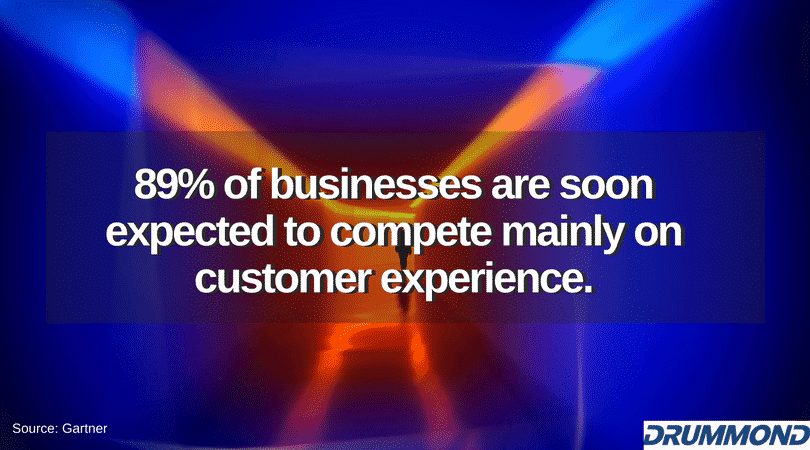As we leave the last holiday season behind us, a retail manager’s concern about eager shoppers shuffling around their store shifts toward preparing the upcoming year’s promotional schedule.
Retailers today have far more to plan for than just a simple, 4-season, quarterly marketing plan. With competitive threats encroaching every day, retailers are fighting harder than ever to stay relevant in the minds of their customers. And with the retail experience representing one the single largest opportunities for increased sales, retailers need to continually reset their stores in order to ensure their customers keep coming back.

A retail reset happens for a number of reasons:
- Holidays
- Life events of their target audience (i.e. “Back-to-School”)
- Seasonal Changes
- New Trends
- To Create a Better In-Store Experience
- To Promote a New Product
- To Rebrand
- To Refresh
As one in-store experience moves to the next via a retail reset, retailers have to consider how they should go about the execution of a store refresh. And aside from the merchandise itself, the most important element of a store refresh is the signage.
Store Experience Design
Only 32% of shoppers visit stores because they like the overall in-store experience (1). But that number is expected to change as retailers catch onto this emerging trend. Signage is important for crafting the experience you want to get across to your customers – and according to a study conducted by SalesForce, 75% of consumers expect a consistent experience wherever they engage with a brand (whether that be online, on mobile, or in-store). That all starts with signage – which comes in many forms and serves many functions:
Signage Can Draw People In
The retail storefront is a place to communicate what the store is all about, inform people of any new products, or to communicate any sales currently going on.
Signage Can Help Customers Navigate the Store
Arrows on the floor, banners marking the different sections of the store, etc. all play a role in crafting the customer’s experience. Poor directional signage in a store can be frustrating and chaotic for a customer.
Signage Can Educate Customers
End caps and point-of-purchase displays (POP displays) can assist a customer who is looking to learn more about a given product.
Signage Can Connect the In-Store Experience to the Online Experience
While 51% of retailers believe they’re able to provide a consistent customer experience across channels, only 27% of consumers agree (2). Signage featuring QR codes, hashtags, social media handles, or augmented reality elements can connect the in-store experience to the online experience.
The Challenge with Executing a Retail Store Refresh
With every store refresh, retailers are tasked with coordinating the marketing department, the supply chain teams, as well as managing all of the moving parts – the inventory, the promotional materials, the planograms, etc. Unfortunately, these challenges often lead to extreme cost inefficiencies in the process of ordering branded materials, negotiating and managing vendor contracts, distribution, and warehousing.
One way to address this issue is through strategic partnerships. Working with a firm that can manage and coordinate the entire process creates very real benefits:
- Increased Efficiency – When retailers are managing 20 different signage orders from 20 different vendors, there’s more opportunity for human error. Vendor consolidation means less confusion, less time wasted, and more efficiency amidst a retail reset.
- More Control – Managing the process from one vendor means more accountability for the vendor and less opportunity for things to slip through the cracks unnoticed.
- Greater Cost Control – Consolidating suppliers in the production and staging of store branding materials can drive cost savings that often exceed 20%.
- More Quality & Consistency – Working with multiple suppliers means a slight variation in the quality, and thus, consistency of the promotional materials. Working with one vendor can help to create more continuity.
- Greater Agility – When dealing with one vendor for all of a brand’s needs, it’s easier to make changes to a given order and there’s more opportunity to develop a relationship with the vendor – who undoubtedly wants to remain the vendor-of-choice.
If there’s one thing that all retailers know, it’s that consumers are in the driver’s seat now. Armed with their smartphones, consumers are looking for more than a basic retail store to peruse – they want an experience; an experience that connects them to the brand in the store and beyond.
References:
(1) https://www.salesforce.com/blog/2017/05/14-retail-customer-experience-stats.html
(2) https://www.timetrade.com/about/news-events/news-item/study-in-store-retail-still-dominates-but-retailers-must-evolve-with-customer-expectations/


